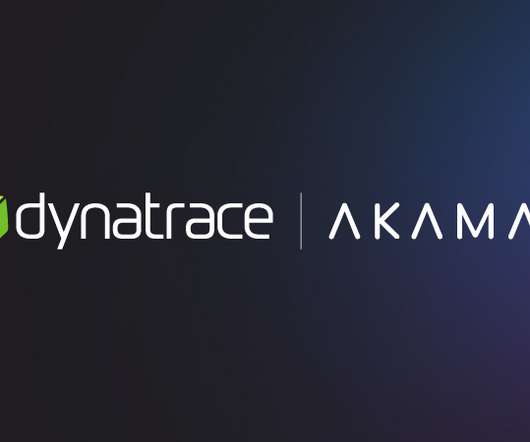PostgreSQL Performance Tuning: Optimizing Database Parameters for Maximum Efficiency
Percona
MAY 1, 2023
Out of the box, the default PostgreSQL configuration is not tuned for any particular workload. It has default settings for all of the database parameters. It is primarily the responsibility of the database administrator or developer to tune PostgreSQL according to their system’s workload.












Let's personalize your content